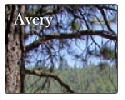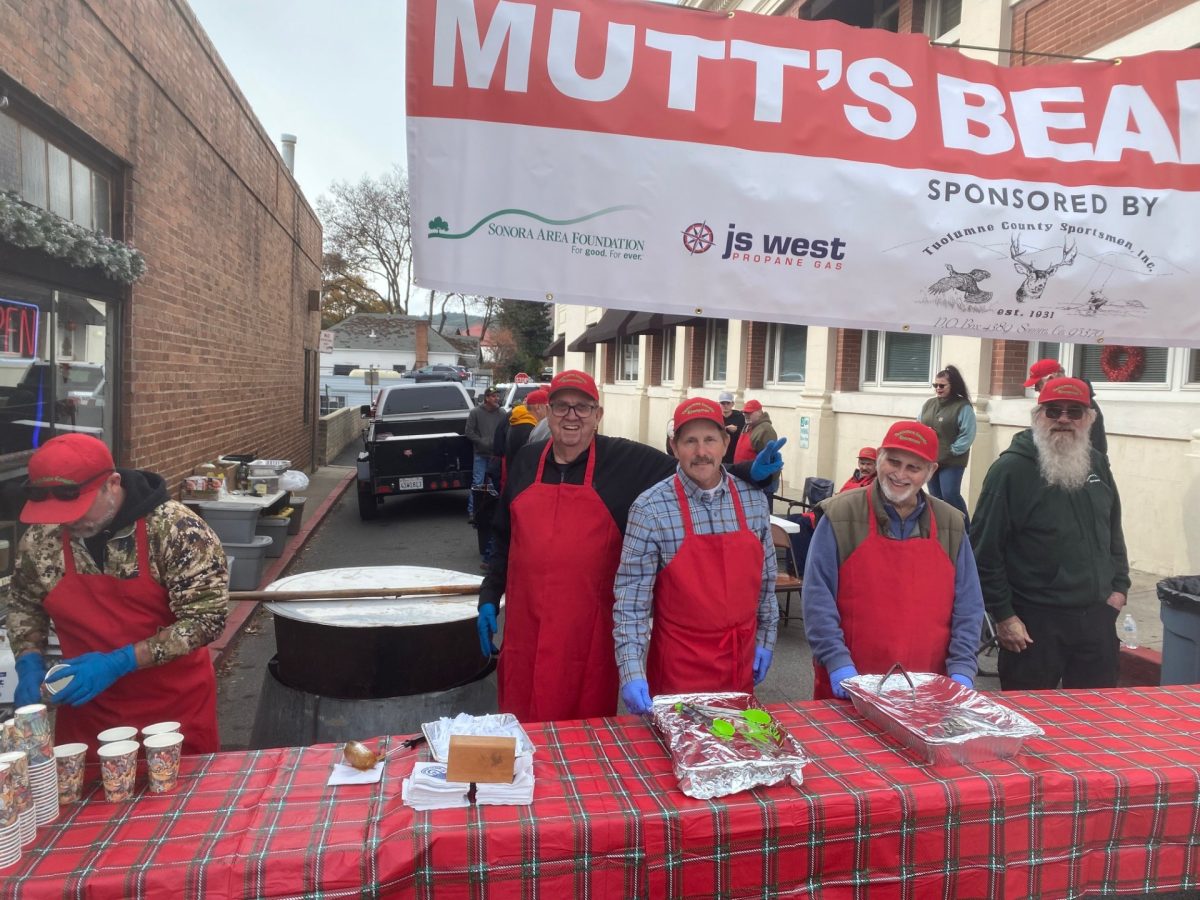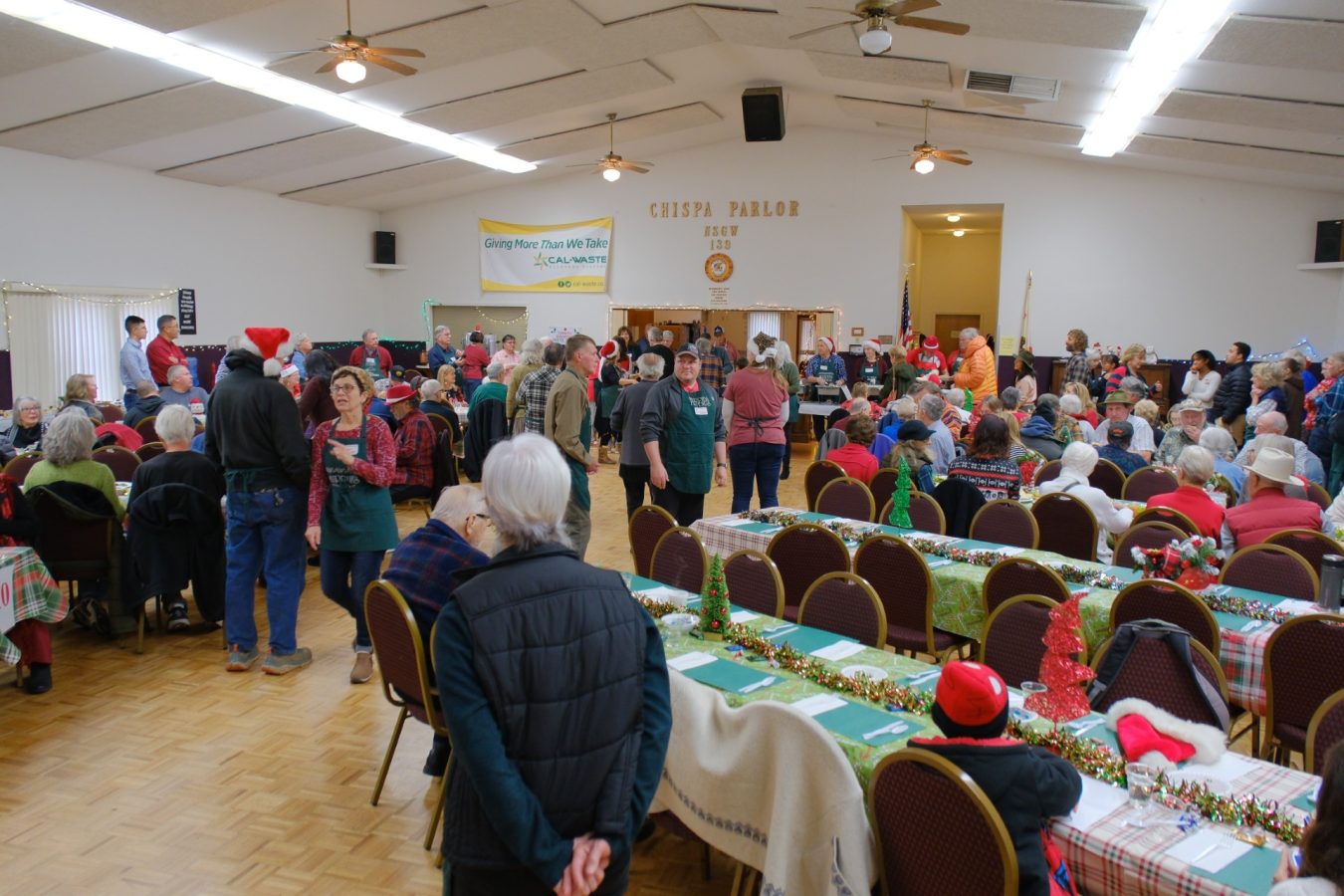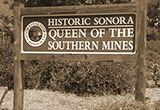 Avery is a small community (population of 672) located about 4 miles below Arnold. Our Map of Avery The elevation is about 3400 feet which is below the heavy snow line. Avery Middle School, which was built in 1994, is located here and serves about 411 students in the 6th, 7th and 8th grade levels.
Avery is a small community (population of 672) located about 4 miles below Arnold. Our Map of Avery The elevation is about 3400 feet which is below the heavy snow line. Avery Middle School, which was built in 1994, is located here and serves about 411 students in the 6th, 7th and 8th grade levels.
Up the road past Arnold is Calaveras Big Trees State Park. Ebbetts Pass National Scenic Byway provides wonderful views, for road information check the traffic section HWY 4.
In white Pines (near Arnold) you will find the brand-new Sierra Nevada Logging Museum
“Those who live here would like to see a small village in Avery, not a string of strip malls… a community that takes the natural environment into consideration when change or growth is proposed.” Avery-Hathaway Pines Community Plan – April 1999.

 Rainy Weather Does Not Dampen Christmas Eve Dinner
Rainy Weather Does Not Dampen Christmas Eve Dinner Mut’s Bean Feed Rings In Holiday Season
Mut’s Bean Feed Rings In Holiday Season Murphys Friends Planning Annual Free Christmas Day Dinner
Murphys Friends Planning Annual Free Christmas Day Dinner
